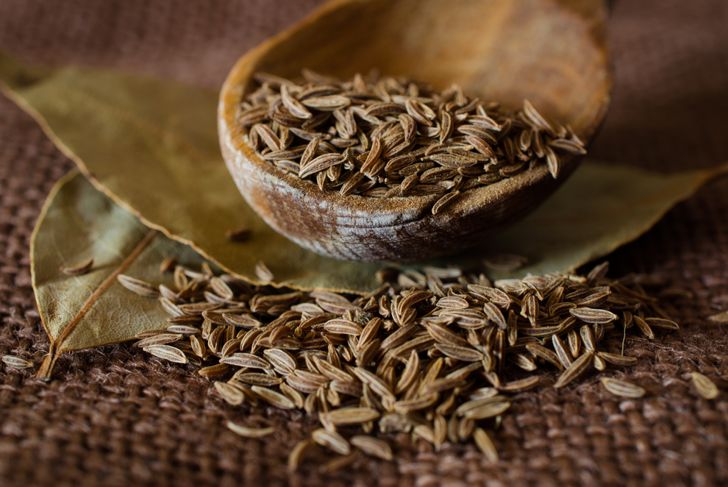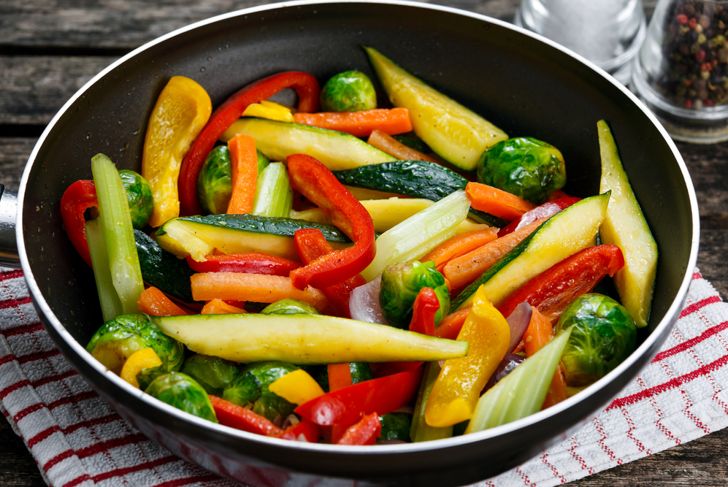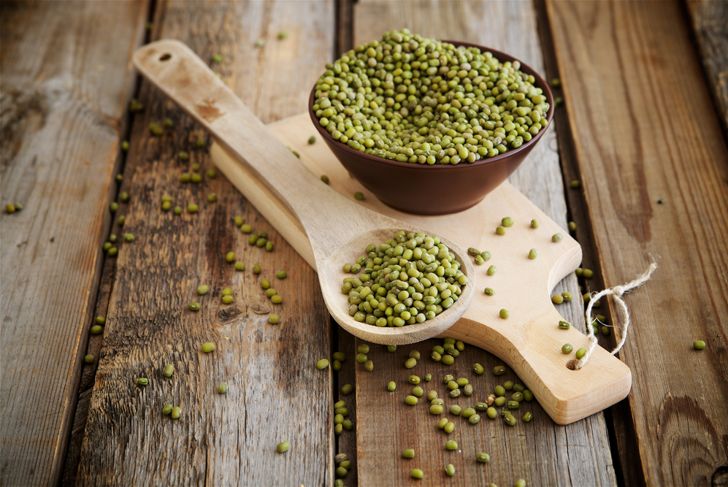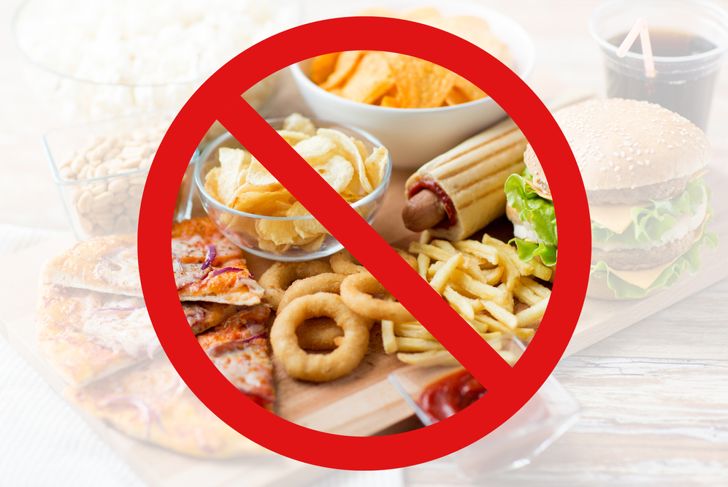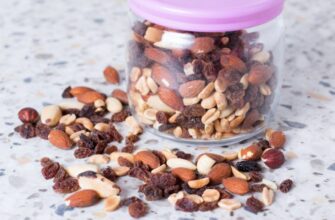They say you are what you eat. If you want to eat healthier, then you have to work from the inside out. You can actively support your body while rejuvenating your spirit if you consider the concepts of the Ayurvedic diet. Not to be confused with a food trend: Ayurvedic medicine, or just Ayurveda, is a holistic healing system that originated in India over 3,000 years ago. It is believed that your overall health and wellness is affected by your mind, body, and spirit. Furthermore, the ancient texts of Ayurveda suggest that particular foods can work as a whole-body medicine when consumed appropriately.
Lemons and Juicy Fruits
This yellow fruit can stimulate digestion; in turn, lemons can help reduce and flush toxins from your body. If you don’t want to take a sour bite of a lemon, then you can opt for some unsweetened lemonade as a refreshing beverage for the Ayurvedic diet. Ayurveda recommends detoxing your body of toxins every season, especially in early spring. That is when nature itself also regenerates. Lemons and similar sweet fruits are excellent cleansers.
Ginger and Other Spices
Besides being tickling the taste buds and teasing the aromas, spices also have therapeutic assistance to your meals. You can help boost your immune system and aid to digestion with the right seasonings like ginger. The first three primary flavors each dish should have, according to an Ayurvedic diet, you are probably familiar with including sweet, sour, and salty. The other three are bitter, astringent, and pungent. Depending on your personal, predominant disposition (they range from Veta to Kapha), the dominance of the flavors will vary. Interestingly enough, just because all of the spices are in one meal does not mean you will taste them all at once.
Cumin Seeds
In keeping with cleansing the body and removing toxins, the Ayurvedic diet incorporates cumin seeds into the meals. It is not only a digestive aid like other foods on this list, but it is ideal no matter what the dosha, or predominance. You can mix several items on this list including a touch of powdered ginger and cumin in a warm glass of water early in the morning for a jumpstart to your day.
Ghee
Ghee is made by removing the milk proteins from butter. It looks, smells, and tastes like butter, but clarified butter, or drawn butter, is unsalted without any water or milk solids, which results in a pure liquid form of golden butterfat. Ghee is considered sacred in many ancient cultures for its rejuvenating properties. Not only does it aid digestion and relax your nerves, but it promotes longevity. Ghee is absorbed quickly, so it is a resourceful way to move nutrients to your tissues. The Ayurvedic diet also recommends incorporating it into your meals.
Organic Foods
Most of your store-bought foods are processed with pesticides and chemicals that might increase your risk to health ailments and illnesses. Anytime you eat foods have artificial preservatives then you are consuming unnatural, synthetic products that have been wrongfully introduced into the food chain. Besides making organically-grown fruits and vegetables an obvious choice, you can also explore fresh whole grains. You need to say goodbye to all those convenient and cheap boxed meals that you can simply buy in a grocery store. The Ayurvedic diet knows that natural foods are the way to go if you want to be as healthy as possible.
Cooked Vegetables
Although raw veggies have nutritious benefits, Ayurveda thinks the body can metabolize vegetables better if they are cooked. In this form, roasted, grilled, and other cooked forms are considered a bioavailable food that can be digested quicker and better than the raw version. For example, sautéed or steamed broccoli tends to absorb better than a raw bite. If you love a good salad, eat it for lunch rather than dinner, so your stomach has enough time to settle before bed.
Mung Beans
If you need help with any digestibility, mung beans have significant health benefits. These legumes are full of fiber, which makes you feel fuller quicker and longer. Not only that, but they are high in protein, which will give you a healthy boost of energy without the sluggish feeling afterward. Mung beans are rich in minerals including magnesium, zinc, copper, folate, and a handful of B vitamins. You can either eat them raw a day or two after they sprout, but it is probably better to mix them in with rice, stew, or other soups.
Almonds
Maybe your taste buds won’t let you jump on the bean train just yet. That’s okay; you can snack on a salty treat like almonds. If you eat a handful a day, you can improve your strength and drive your energy levels. They have also been linked to other health benefits, especially if you eat organic, fresh almonds without the skin.
Water and Tea
This drink choice might seem boring, but the Ayurvedic diet avoids beverages that are not life-giving drinks. For example, alcohol, caffeine, and carbonation are all no-nos. Besides water being the most apparent drink to consume to rehydrate your body and flush out any toxins, you should try warm water. Ice-cold H2O slows down the stimulation of digestive enzymes and blood flow that aids in digestion. You can always add a juicy lemon for taste, which is equally healthy and listed on the Ayurvedic diet. Herbal teas or boiled milk, especially before bed, are a healthy alternative to water. You can also add the flavorful spices mentioned earlier such as a pinch of nutmeg to help your sleep or a slice of fresh ginger.
No Junk Foods or Leftovers
Whether it is a birthday, holiday, or vacation, you probably snack on junk food more than a little bit. Add that to a busy work schedule, and you are consuming fast food, chips, and candy more than you realize. Even if you already try your best to avoid junk food, it is important to note that this type of lifestyle can take years from your life, according to Ayurveda. The more you skip meals and eat randomly, the unhealthier you will become. You need to eat three regular meals around the same time every day. Try to cook just the food you will eat because leftovers, even though they are fast and easy, are not as healthy as fresh foods. Creating healthy eating habits is just as important is eating healthy food.

 Home
Home Health
Health Diet & Nutrition
Diet & Nutrition Living Well
Living Well More
More

